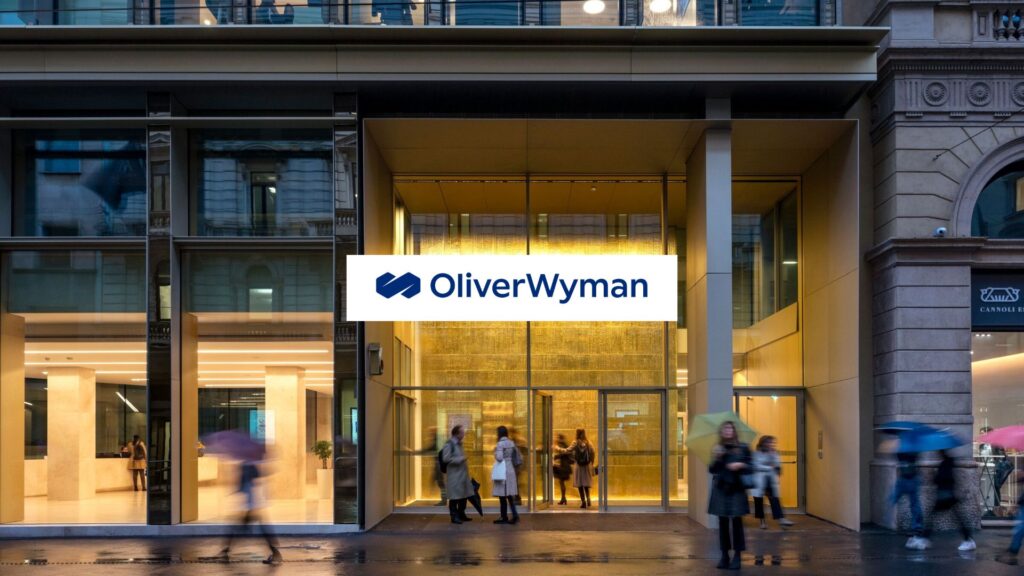Oliver Wyman Report: Carbon Removal Market Poised for $100B Boom by 2035 with Strategic Interventions

- $100B potential: With targeted interventions, the CDR market could hit $100B annually by 2030-2035.
- Scaling needed: Current demand must increase 3-5 times to support investment levels.
- Action required: Industry must address barriers to CDR demand and supply to achieve net zero goals.
A new report by Oliver Wyman, in collaboration with the City of London Corporation and the UK Carbon Markets Forum, projects the global carbon dioxide removal (CDR) market could reach $100 billion annually by 2030-2035 with the right interventions. Despite growing interest and investment, the market faces significant challenges in scaling to meet climate targets.
CDR projects aim to remove and store carbon dioxide from the atmosphere, gaining interest from corporate purchasers, investors, and project developers due to their potential to tackle hard-to-abate emissions. Over $30 billion has been invested globally in anticipation of this growth, but demand for CDR credits is not yet sufficient to support the necessary level of investment to achieve net zero.
Globally, $32 billion has been invested in CDR projects, with $21 billion in engineered solutions and $11 billion in nature-based ones. Public spending accounts for $15 billion, while private investors contribute $17 billion. However, demand needs to scale 3-5 times to sustain current investment levels.
The report identifies major barriers to CDR demand, such as the lack of guidance on removals in decarbonisation targets and the absence of universal quality standards. Key actions include articulating the role of removals in the UK’s net zero strategy, providing company guidance, establishing monitoring and verification thresholds, including removals in compliance markets, detailing subsidy mechanisms, and supporting CDR financial market development.
On the supply side, the report highlights challenges like uncertainty over future CDR credit demand and unclear public sector policies. There is also ambiguity around removals’ role in transition plans and whether high prices will hinder large-scale purchasing.
James Davis, Partner, Co-head of Climate and Sustainability, Europe, Oliver Wyman, said: “We are witnessing a significant increase in attention and investment towards CDR projects, highlighting the growing recognition of their role in the transition. However, the demand for carbon credits generated by these removal projects is not yet sufficient to support even current levels of investment, let alone the level required to meet climate goals. The UK is well positioned to establish itself as a major hub for carbon removal activities, creating new job opportunities and driving economic growth, both in London and key industrial regions. But action will be needed to overcome the barriers to scaling and accelerate progress.”
Chris Hayward, Policy Chairman for the City of London Corporation, added: “The role of green technologies in powering the net zero transition cannot be understated. CDR technologies are at the heart of this push as evidenced in these findings and therefore we must continue to highlight their significance in climate strategy. With the UK positioned as a trailblazer in green finance expertise, we can supercharge the implementation of CDR projects and advance the push to keep 1.5C alive.”
Related Article: Citi Selects S&P Global and Oliver Wyman’s Climate Credit Analytics for Enhanced Global Climate Stress-Testing and ESG Reporting Initiatives
Dame Clara Furse, Chair of the UK Carbon Markets Forum, emphasized: “CDR technologies play a critical role in net zero transition. With the right interventions, the UK can leverage its technical expertise and financial infrastructure to channel funding to CDR projects to deliver much-needed climate impact. We need all sources of finance working together to achieve the goals of the Paris Agreement.”












